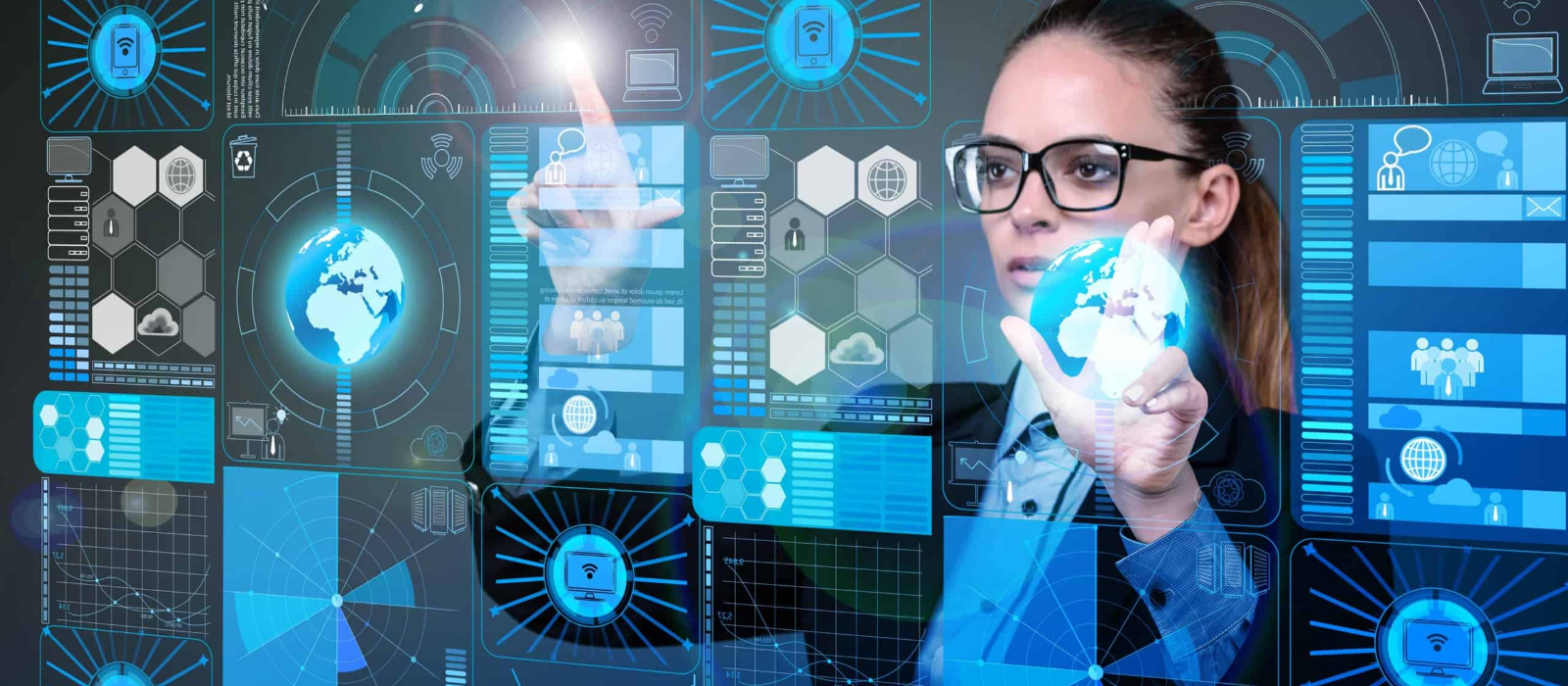If you are into video games, you already understand the impact a good character can make. In fact, there are two things that attract gamers the most; the environment of the game and the characters. Users start identifying themselves as different characters and engage with particular games solely because of how much they love these characters. Hence, it wouldn’t be a lie to say that characters are perhaps one of the most important features of a game and are essential in improving user experience. But what is it about these characters that garb users’ attention almost instantly?
Character artists, today, have revolutionized user experience by creating realistic characters. The characters that we see in video games have unbelievable movement, interactions and figures, all thanks to 3D character modeling. Even though this process can be quite challenging, the scopes are countless. So, what exactly is 3D character modeling? Let’s find out.
What is 3D Character Modeling?
3D character modeling is a process in which a 3D character artist applies various tools and software to create interesting characters. It involve using a graphic technique to create a three-dimensional representation of objects. Usually, character artists start with simple surface objects and gradually proceed to enrich it with more details, ultimately creating a much more complex character.
A character can be anything; an animal, a mystic creature, a robot or a person. It can be a primary protagonist or antagonist or just a secondary character who supports the story of the game.
While 3D charter modeling is not limited to any particular style, there are some that are more popular than others in the animated and gaming world. These are;
Realism
The goal of realism is to recreate a world as it appears to us in real life, on a digital platform. This does not mean that the artist has to replicate human faces or real-life objects, but create graphics that are based on reality to give users the right feel in the game.
Fantasy Realism
Fantasy realism has characteristics of realism. However, the graphics are not inspired from the real world. One needs to have a lot of creativity in order to create a fantasy realism character because they are unique and unlike anything you’ve seen. Even though they look real in the game, they are heavily inspired from fantasies and are fictitious.
Cartoony
Cartoon characters are colorful, bold and as the name implies, cartoony! These 3D characters are very famous among children because of their simplicity. In the video game world, these characters are non-realistic and create a unique environment for the users.
Creating a 3D Character- Step-by-Step Guide
A 3D character should fit perfectly with the environment of the game. This could be a bit complicated. To create a 3D character, here is a step-by-step guide you should follow:
1. Character Concept
The first step of developing a 3D character is to create the design of it. This design is the entire concept and style of your character; hence in order to create this, the artist must comprehend the character’s story and connection with the rest of the elements. Designing the character concept also includes focusing on characteristics, appearance, habits, background, behavior etc.
You should start off by creating a mood board, and then proceed to sketch the primary body, facial features and silhouette of the characters. Once the basic design is complete, you can then proceed to add colors.
2. Character Modelling
There are five stages of 3D character modeling that you go through before you achieve the final character. These are:
Blocking
In this stage, the artist blocks out a character model’s fundamental face and body shape i.e. its muscle frame and skeleton. It is easier if you understand the human anatomy.
Sculpting
Artists use sculpting to create a character with digital material. It helps them make characters hyper-realistic, photorealistic and stylized.
Retopology
The number of polygons in a 3D character impacts its clarity and quality, which is why retopology reduces the polygons in a character model, bringing it to an ideal number.
Unwrapping and Baking
Once the retopology is done, the characters need to be UV unwrapped and baked. A model that contains thirty to fifty different materials usually requires to be baked.
Texturing
In the texturing phase, the artist adds colors and apply surface to the characters. They ensure that the model matches its real-world prototype and every tiny detail, like eyelashes, scars, moles, birthmarks, etc., are present to give the character a realistic look.
3. Character Rigging and Skinning
This stage gives the characters a skeleton which assists their movement later. A rig is the virtual representation of bones and joints as it connects parts of a character’s body. Whereas skinning is when the artist connects the character’s geometric mesh, or skin, to the newly generated rig. This means that with the help of rigging and skinning, the look of the character can be changed, depending on the action they perform.
4. Character Animation
This is, perhaps, the most important step of 3D character modeling, mainly because the character that is being designed gets its life during this stage. This means, from bodily functions to facial expression, the animator gives the character everything that it required to be realistic and suited to the environment.
The animating process can be very time-consuming as the animator needs to complete all required animations, for instance, walking, running, stooping, falling, throwing, dying, shooting, taking damage, talking, flying etc. Only when the animator is completely satisfied with each movement they save the positions on the timeline.
Top 3 Software for Creating 3D Models
Now that you understand the process of 3D character modeling, here are the top three software used by any game app developer:
Poser
Poser is one of the leading 3D animating programs, today. You can convert pictures into life-like images and videos and use them for movies, video games and print. It is best for incorporating pre-configured, fully configured and rendered 3D character models into game development.
Maya
Maya has been the leader in creating 3D graphic designs for over twenty years. In fact, many latest cartoons, video games and films have been animated on Maya. However, since it is a complicated software, its high system requirements may not be met by everyday computers.
Blender
Due to its fast speed, Blender is considered to be one of the best open-source 3D software. It can be used at any stage of animation, from modeling, rigging to animating or rendering.
Zbrush
Zbrush is yet another open-source 3D character modeling software specially targeted to experts. This program uses ‘digital clay’ which can be used to construct items using different tools.
Bottom Line;
To put it simply, 3D character modeling is an integral part of making an entertaining video game or animated movie. Characters are what people resonate with the most, so if the characters are dull and boring, chances are that users will not be attracted to the game as a whole. To ensure that your characters are to-notch, get in touch with a professional game app development company because even though the character modeling process is complex, it is worth the effort.









